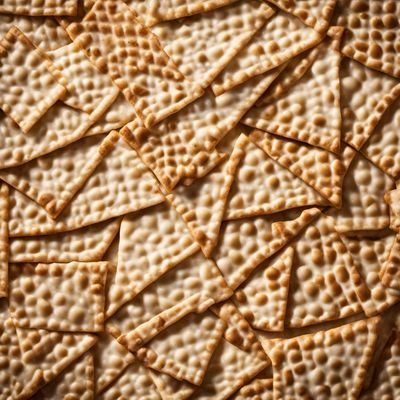
Ingredient
Chapati
The Versatile Chapati: A Staple of Indian Cuisine
Chapati is a round, unleavened flatbread made from whole wheat flour, water, and salt. It is rolled out into thin discs and cooked on a hot griddle or tawa. The bread puffs up slightly when cooked, resulting in a soft and pliable texture. Chapati has a mild, nutty flavor with a subtle sweetness from the whole wheat flour. Its appearance is golden brown with charred spots, giving it a rustic and appetizing look. This bread is a staple in Indian households and is often served alongside curries, lentils, or vegetables.
Origins and history
Chapati has a long history in Indian cuisine and is believed to have originated in the Indian subcontinent thousands of years ago. It has been a staple food in Indian households for generations, providing sustenance and nourishment. Traditionally, chapati was made by hand, with each bread rolled out individually. However, modern kitchens often use tools like rolling pins and griddles to streamline the process. Chapati holds cultural significance in Indian festivals, weddings, and religious ceremonies, where it is served as a symbol of hospitality and abundance.
Nutritional information
Chapati is a nutritious bread that provides a good source of carbohydrates, fiber, and essential minerals. It is low in fat and cholesterol, making it a healthier alternative to other bread varieties. The whole wheat flour used in chapati retains the bran and germ, which are rich in dietary fiber and nutrients. This bread is also suitable for individuals following a vegetarian or vegan diet.
How to select
When selecting chapati, look for pre-packaged options that are made with whole wheat flour and minimal additives. If purchasing from a bakery or restaurant, opt for freshly made chapatis that are soft and pliable. Avoid bread that appears dry, hard, or stale. If making chapati at home, choose high-quality whole wheat flour that is finely ground and free from impurities. Organic or stone-ground flour can provide additional nutritional benefits.
Storage recommendations
To maintain the freshness and softness of chapati, store them in an airtight container or ziplock bag at room temperature. They can be kept for up to 2-3 days. If you need to store them for a longer period, you can refrigerate chapatis for up to a week. To reheat, wrap the chapatis in a damp paper towel and microwave for a few seconds or warm them on a hot griddle. Avoid exposing chapatis to moisture or air, as they can become dry and lose their texture.
How to produce
Chapati can be easily made at home with a few simple ingredients and basic kitchen tools. To produce chapati, combine whole wheat flour, water, and salt in a mixing bowl. Knead the dough until it becomes smooth and elastic. Divide the dough into small portions and roll each portion into a thin disc. Cook the chapati on a hot griddle or tawa until it puffs up and develops golden brown spots. Serve immediately or keep warm in a covered container until ready to eat.
Preparation tips
Chapati is a versatile bread that can be enjoyed in various ways. It is commonly served alongside curries, lentils, or vegetables, providing a wholesome and satisfying meal. Chapati can also be used as a wrap or base for fillings, such as grilled vegetables, paneer, or chicken. It can be torn into pieces and used to scoop up dips, chutneys, or yogurt. In addition, chapati can be transformed into crispy chips or croutons by baking or frying them. Its versatility makes it a popular choice for both everyday meals and special occasions.
Availability
India
More ingredients from this category
Recipes using Chapati » Browse all
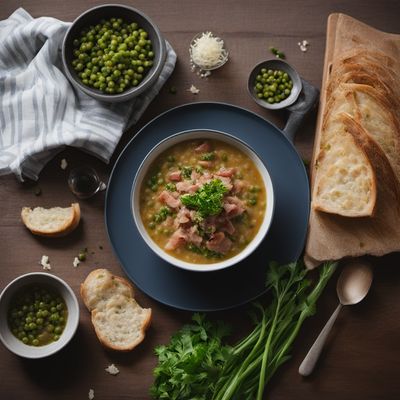
Bisi in Tecia with Pancetta and Parmesan
Savory Spring Pea Stew with Pancetta and Parmesan
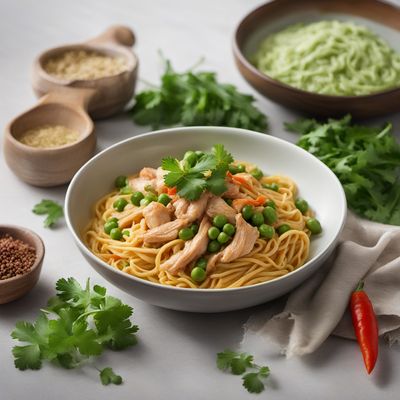
Rechta with Creamy Chicken and Vegetables
Creamy Chicken Rechta: A Fusion of Algerian and Western American Flavors

Afghan-style Spiced Split Peas with Bacon
Kabuli-inspired Split Peas with Smoky Bacon
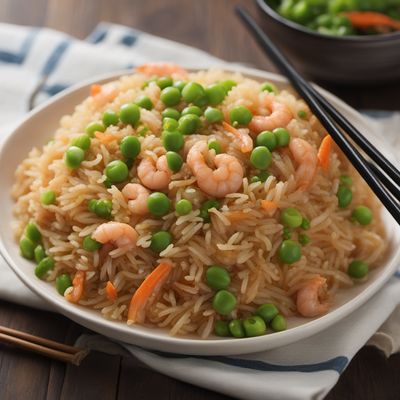
Chahan - Japanese Fried Rice
Umami Delight: Japanese Chahan - A Flavorful Twist to Fried Rice
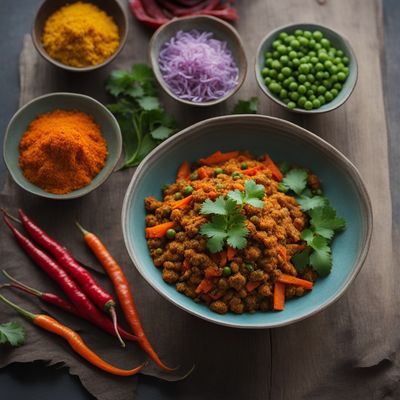
Shogo Khatsa with Spiced Vegetables
Tibetan Delight: Fragrant Shogo Khatsa with Spiced Vegetables

Tanzanian-style Roast Leg of Lamb
Savory Spice-infused Roast Leg of Lamb Tanzanian-style

Gabonese Meat Pie
Savory Delight: Gabonese Meat Pie with a Spicy Twist

Kusksu with Fresh Vegetables and Goat Cheese
Mediterranean Delight: Kusksu - A Burst of Fresh Flavors
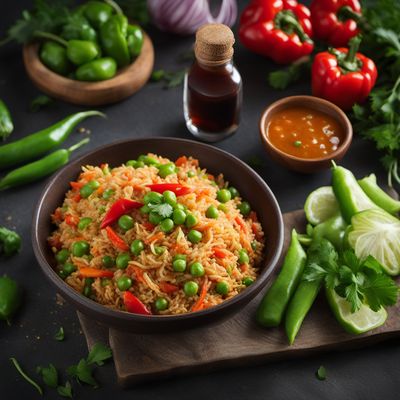
Nigerian Fried Rice with a Twist
Savory Delight: Nigerian Fried Rice with a Flavorful Twist
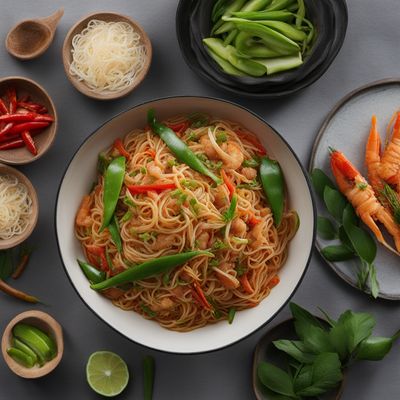
Tasmanian Twist on Pancit Lucban
Tasmanian Seafood Pancit: A Fusion of Filipino and Tasmanian Flavors

Coconut Shrimp Fried Rice
Tropical Delight: Coconut Shrimp Fried Rice
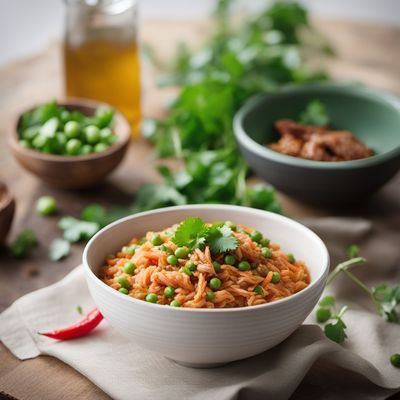
Pakistani Chinese Style Chicken Risotto
Sizzling Spicy Chicken Risotto with a Pakistani Twist


